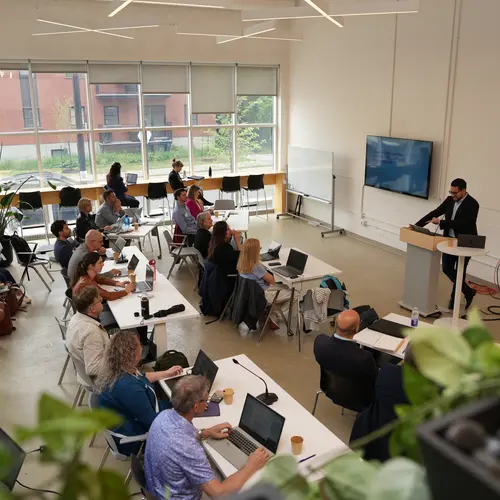
Jean-François Godbout
Biographie
Jean-François Godbout est professeur au département de science politique de l'Université de Montréal et membre académique associé à Mila - Institut québécois d'intelligence artificielle. Ses recherches portent principalement sur les sciences sociales computationnelles, la sécurité de l'IA et l'impact de l'IA générative sur la société. Il est actuellement directeur du programme de premier cycle en analyse des données en sciences humaines à l'Université de Montréal et chercheur à IVADO.



